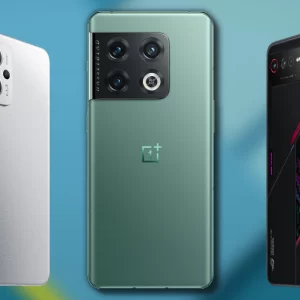Introduction to Buck Converters
Have you ever asked yourself how you are able to power small tools and appliances using the same electricity that is running a high voltage appliance from the same source? The answer lies in buck converters. It’s been proven that buck converters, because of their power efficiency usually up to 90% can be used to step down to levels of levels used for USB, DRAM and computer CPU.
What is a Buck Converter?
Although it sounds like a dog name, trust me it’s not and it’s also not a cash converter if you are reading this from America or UK.
According to Wikipedia, A buck converter or a step-down converter as most people engineers refer it as is a DC-to-DC power converter that typically steps down energy i.e. voltage from its supply to load. A typical operation of a buck converter is that the current power passed through an inductor is controlled by a switch made up of a diode and a transistor, however, modern dc-dc converters replace the diode with another transistor.
How to best pick a DC to DC Buck Converters.
The easiest way to pick your Buck converters is by their nominal input voltage. I tend to class them in groups from <6V, 12V, 24V,48V. Battery specific ones tend to take voltage from different battery chemistry and ideal for personal devices like phones and radios. The 12V are used in automotive & communications, the 24V used in industrial with max input of upto 100V, and finally the 48V are commonly used as telecommunication systems and have become popular with the electric vehicle market.
Other ways of choosing Buck converters will depend on your project:
- Buck converters for wide input voltage (VIN)
- Buck that removes noise i.e. precision and low noise
- Buck with ultra-low-standby quiescent current (IQ)
- Buck converters that offer more power density – used mainly for processors and FPGAs and ideal on less board space.
Applications of buck converters.
- Point of Load converters for Laptops and workstation PCs
Murata has a good example of a non-isolated point-of-load (POL) converter that can drive power efficiently to high loads. When you want to buy a POL you might need to note that online electronic parts stores might list them under voltage regulator modules (VRM).
These are very helpful in motherboards for laptops as they can step down power levels as low as 1.8V which is what modern processors and CPU run on.
- Solar Chargers
We do love green renewable energy, simply because it from a free energy source and good for the environment. My visit to Africa has enabled me to test a few buck converters especially since I tend to get a portable solar charger with me to allows me to charge my small electronics instead of borrowing power from locals. Most solar chargers are made up of a buck converter and a microcontroller that tell the converter to draw maximum power and charge the electronics in the least time possible.
- Toys like Quadcopters
Since most quadcopters require a few batteries, roughly 6 cells and are powered using Lithium batteries, the voltage produced is often too much and therefore a buck converter is needed to step down the voltage for the small electronics bits of the quadcopter to ensure the circuits don’t get fried and the controllers are powered correctly even as the motor demands more energy for the flight.
- USB on-the-Go
Well, this does what it says on the wrapper. USB on -the-go enables its users attach peripheral devices like keyboards, mouse, speakers on your smartphone. This device works both ways as a booster or a buck converter depending on the intention of the user.
Conclusion
In this article we have highlighted the different buck converters by nominal input, their applications and briefly explained how buck converters work. Sometimes buck converters will have their challenges especially when considering things like electromagnetic interference (EMI). They are often built with EMI reduction systems that also helps with safety compliance. Overall, this switching power supply devices are highly efficient than traditional methods used 10 years ago. We also know buck converters can be used to step-up, step-down and can be used as inverters based on the setup.
Article researched and written by https://www.electronicscomponents.co.uk/ editor – Uncle Buck


